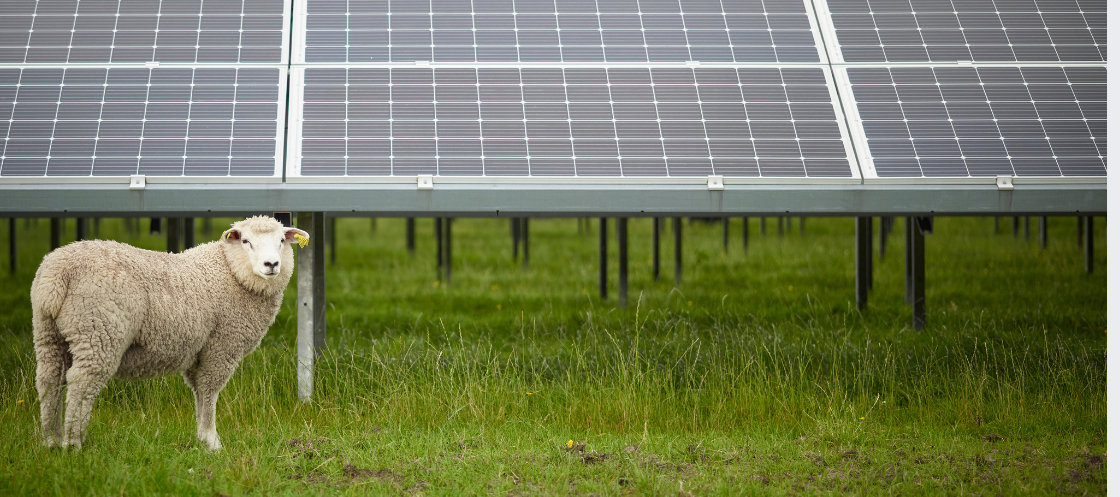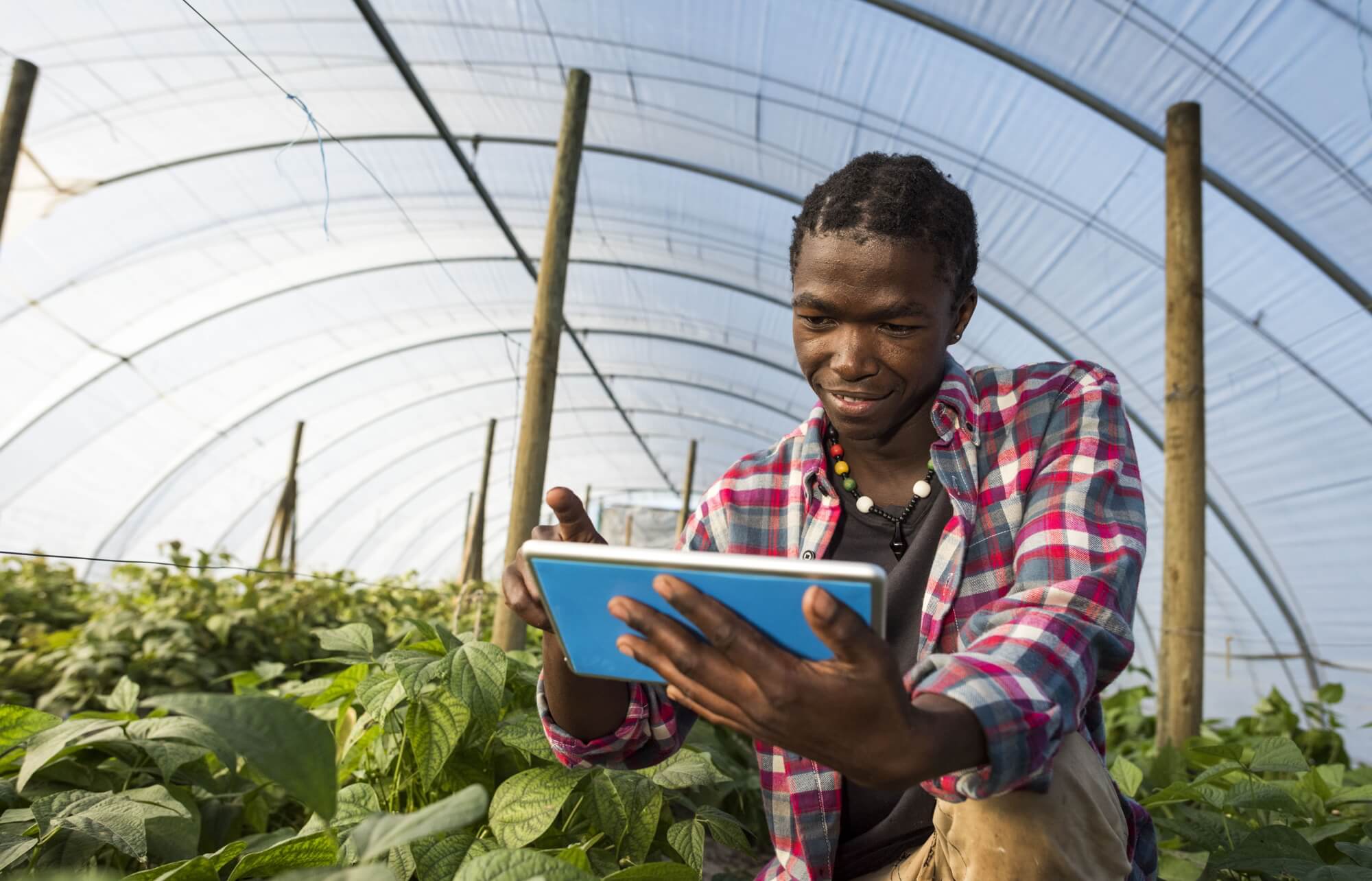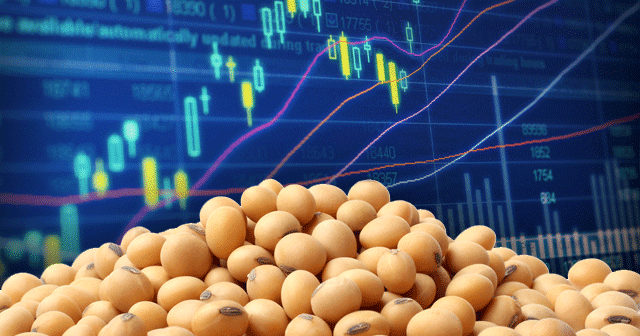Summary:
Innovation in agriculture isn’t just about high-tech sensors or predictive analytics—it’s about how farmers apply, adapt, and sometimes reinvent those technologies in the field. In this expert interview, Dr. Tom Lee, Senior Lecturer at University of Technology Sydney, explains why implementation is where real innovation happens, why farmers remain skeptical of data-driven systems, and what truly works in the complex, messy world of modern farming.
Key Takeaways:
- Innovation in agriculture often occurs during implementation, not invention.
- Farmers are practical problem-solvers, not passive adopters of technology.
- Predictive systems frequently fail due to poor or irrelevant data inputs.
- Practical automation tools are welcomed when they deliver real value.
- Policymakers should support farmer-led networks for adaptive innovation.
Innovation Isn’t Just in the Invention – It’s in the Implementation
“Innovation doesn’t end when a new piece of agtech is built,” says Dr. Tom Lee. “In fact, for farmers, that’s usually where the real innovation begins.”
As a Senior Lecturer at the University of Technology Sydney, Dr. Lee has spent years researching the intersection of agriculture, technology, and innovation. His insights challenge conventional thinking: while R&D labs and startups often get the credit, farmers themselves are key drivers of innovation—especially when they adapt and reshape tools for their unique needs.

“Farmers operate in complex, unpredictable environments,” he explains. “They don’t want abstract solutions; they want things that work in their fields, with their livestock, under their conditions.”
When Data Doesn’t Deliver
Dr. Lee is particularly cautious about the promise of predictive analytics in agriculture.
“You’ve heard the saying, ‘garbage in, garbage out’? That applies here too. If the data inputs are flawed or disconnected from the reality of the farm, the model will fail.”
He says farmers have good reason to be skeptical of systems that promise too much. Many decision-support tools are built on generalized assumptions that don’t account for real-world messiness—weather variability, terrain irregularities, or animal behavior patterns.

“The idea that you can plug in a few numbers and have a machine tell a farmer what to do—it’s oversimplified. The human layer of judgment is still essential.”
Practical Tech: What Works on the Ground
So what kinds of innovation do farmers actually embrace?
“Automation that saves time or labor. Tools that blend seamlessly into everyday routines,” Dr. Lee says. “For example, automated field scales that estimate animal weight during regular grazing—those are genuinely helpful.”
He emphasizes that successful innovations don’t disrupt the farm—they fit into it. Even then, there’s often a need for on-farm tweaking, which he sees as innovation in its own right.

“When a farmer adjusts a device to work better in mud, or custom-rigs it to a fence post—that’s innovation. That’s problem-solving. And it’s often invisible to outsiders.”
The Human Side of Farming Innovation
Beyond technology, Dr. Lee argues that innovation is deeply social.
“Farmers talk to each other. They share what worked and what didn’t. Networks of trust matter far more than glossy brochures.”
This is where he believes policymakers and industry leaders should focus their support—not just funding new technologies, but enabling peer-to-peer knowledge exchange and supporting infrastructure that allows local experimentation.
“The smartest thing we can do is get farmers into rooms with each other, or with researchers who listen. The answers are often already in the field—we just need to uncover them.”
Conclusion: Rethinking Innovation from the Ground Up
The future of agricultural innovation lies not just in advanced algorithms or state-of-the-art sensors, but in the creativity and adaptability of farmers themselves. As Dr. Lee reminds us, “The farm is not a lab. It’s a dynamic system, and that’s where innovation must prove itself.”
Understanding how innovation actually works on farms—through trial, adjustment, and collaboration—is essential if we want to build technologies that truly support agriculture’s future. Because in farming, the real breakthroughs happen in the paddock, not just on the drawing board.
Source: Interview insights based on “The Challenge of Innovation on the Farm,” iStart (2024)
About us
Freshdi.com is the world’s leading global B2B Marketplace for global agricultural products and food, connecting directly between buyers and suppliers by Empowering Freshdi AI. Freshdi.com has over 3M+ suppliers, 2M+ active buyers, and 1,000+ buying requests updated daily in agri-food.

